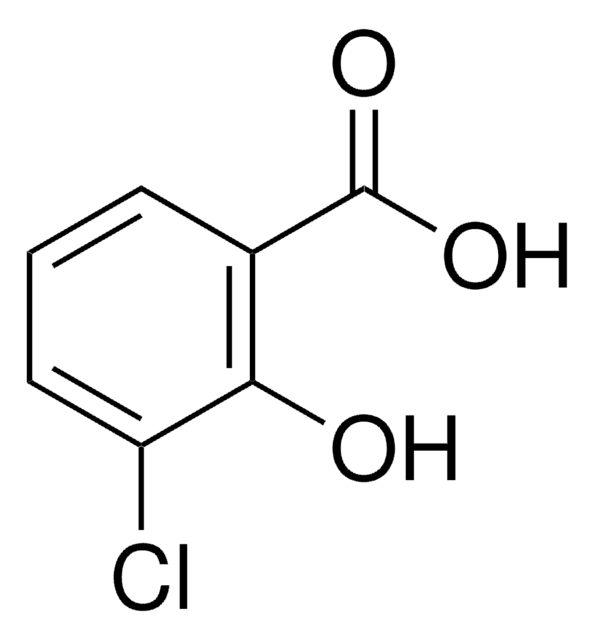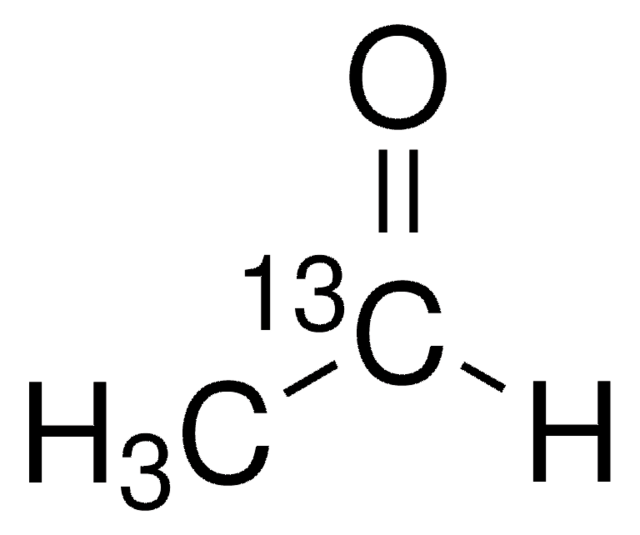09-1700
2-Ethoxyethyl acetate
SAJ first grade, ≥98.0%
Synonyme(s) :
1-Acetoxy-2-ethoxyethane, Cellosolve® acetate, Ethylene glycol monoethyl ether acetate
About This Item
Produits recommandés
Qualité
SAJ first grade
Densité de vapeur
4.6 (vs air)
Pression de vapeur
2 mmHg ( 20 °C)
Essai
≥98.0%
Forme
liquid
Température d'inflammation spontanée
715 °F
Limite d'explosivité
13 %
Disponibilité
available only in Japan
Indice de réfraction
n20/D 1.406 (lit.)
pb
156 °C (lit.)
Pf
−61 °C (lit.)
Densité
0.975 g/mL at 25 °C (lit.)
Chaîne SMILES
CCOCCOC(C)=O
InChI
1S/C6H12O3/c1-3-8-4-5-9-6(2)7/h3-5H2,1-2H3
Clé InChI
SVONRAPFKPVNKG-UHFFFAOYSA-N
Vous recherchez des produits similaires ? Visite Guide de comparaison des produits
Informations légales
Mention d'avertissement
Danger
Mentions de danger
Classification des risques
Acute Tox. 4 Dermal - Acute Tox. 4 Inhalation - Acute Tox. 4 Oral - Flam. Liq. 3 - Repr. 1B
Code de la classe de stockage
3 - Flammable liquids
Classe de danger pour l'eau (WGK)
WGK 2
Point d'éclair (°F)
129.2 °F - closed cup
Point d'éclair (°C)
54 °C - closed cup
Équipement de protection individuelle
Eyeshields, Faceshields, Gloves, type ABEK (EN14387) respirator filter
Faites votre choix parmi les versions les plus récentes :
Déjà en possession de ce produit ?
Retrouvez la documentation relative aux produits que vous avez récemment achetés dans la Bibliothèque de documents.
Notre équipe de scientifiques dispose d'une expérience dans tous les secteurs de la recherche, notamment en sciences de la vie, science des matériaux, synthèse chimique, chromatographie, analyse et dans de nombreux autres domaines..
Contacter notre Service technique










